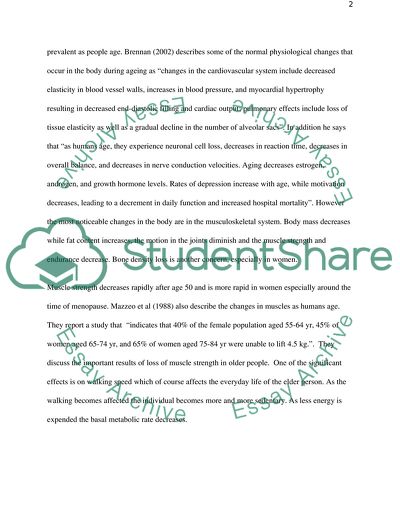Cite this document
(Benefits of Physical Activity in Older Age Literature review, n.d.)
Benefits of Physical Activity in Older Age Literature review. Retrieved from https://studentshare.org/health-sciences-medicine/1548604-literature-review-gerontology-benefits-of-physical-activity-in-older-age
Benefits of Physical Activity in Older Age Literature review. Retrieved from https://studentshare.org/health-sciences-medicine/1548604-literature-review-gerontology-benefits-of-physical-activity-in-older-age
(Benefits of Physical Activity in Older Age Literature Review)
Benefits of Physical Activity in Older Age Literature Review. https://studentshare.org/health-sciences-medicine/1548604-literature-review-gerontology-benefits-of-physical-activity-in-older-age.
Benefits of Physical Activity in Older Age Literature Review. https://studentshare.org/health-sciences-medicine/1548604-literature-review-gerontology-benefits-of-physical-activity-in-older-age.
“Benefits of Physical Activity in Older Age Literature Review”, n.d. https://studentshare.org/health-sciences-medicine/1548604-literature-review-gerontology-benefits-of-physical-activity-in-older-age.


